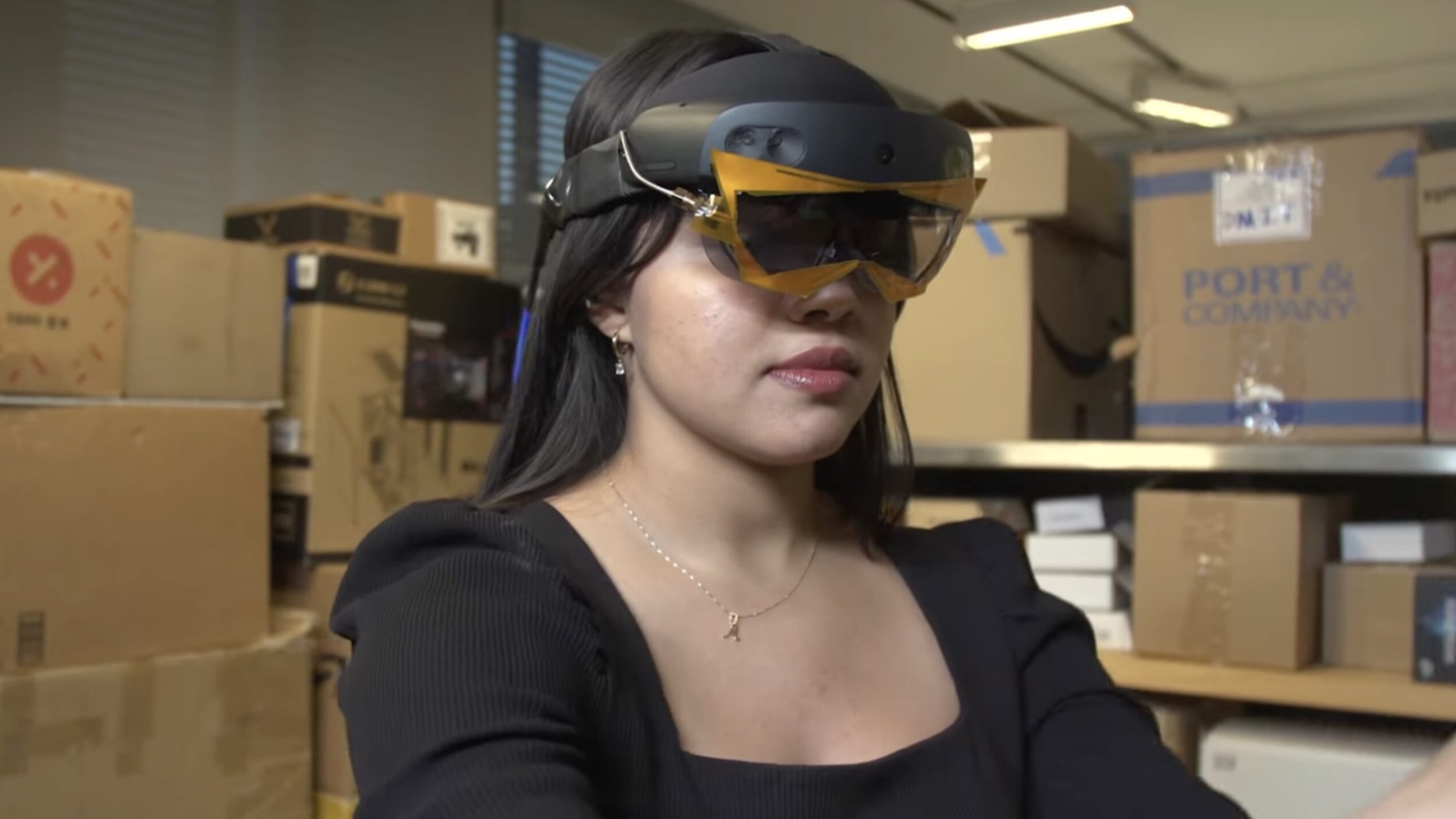Researchers at the Massachusetts Institute of Technology (MIT) have unveiled a new augmented reality headset with X-ray vision called “X-AR.” This allows you to see hidden things.
The headset allows users to find items in closed boxes, under mountains, or behind blockages. according to Thanks to Fadel Adib, Senior Author of X-AR and Associate Professor in the Department of Electrical Engineering and Computer Science at MIT.
The device uses wireless signals and computer vision to help users perceive things invisible to the human eye. It combines a “new antenna design, radio signal processing algorithms, and the fusion of various AI-based sensors.” To tell researcher.
Excited to share a super cool new invention from my lab at MIT, the world’s first augmented reality headset with X-ray vision.This new AR headset allows users to see hidden objects, helping them find and retrieve lost items pic.twitter.com/wQYY9weDSF
— Fadell Adib (@fadeladib) February 27, 2023
How does X-AR work?
according to studythe system locates hidden objects labeled with radio frequency tags using radio frequency (RF) signals that can pass through common materials such as cardboard boxes and plastic containers. Reflects signals sent from
Also read: AI finds ‘eight signals of interest’ in search for extraterrestrial life
X-AR could potentially be aimed at the location of objects that appear as transparent spheres in the augmented reality interface as the wearer walks through the room. When the item is handed to the user, the headset verifies that the user picked up the correct object.
“Our overall goal with this project was to build an augmented reality system that would allow us to see things that are unseen—things inside boxes and in corners. , it can bring you into them and allow you to truly see the physical world in a way that was not possible before. Said Adib.
Researchers tested X-AR in a warehouse-like environment. The results show that on average the device can find hidden items with an accuracy of less than 9.8 cm. We also verified that the user picked up the correct item with her 96% accuracy.
“X-AR is very accurate,” says researchers I have written.[It] We have successfully extended AR systems to non-line-of-sight perception, which has important implications for warehousing, retail, e-commerce fulfillment, and manufacturing applications. “
Make an X-ray vision headset
X-AR Headset: MIT
To create an augmented reality headset with X-ray vision, researchers first attached an existing headset with a lightweight antenna that could communicate with RF-tagged items. The headset uses holograms to direct the user to the desired item and to confirm that the user has picked up the item.
“One of the big challenges was designing an antenna that fits the headset and does not cover the camera or interfere with its operation. .
Using a flexible, lightweight loop antenna, the researchers “experimented by gradually changing the width and adding gaps. Both techniques improve bandwidth.” We optimized the antenna by sending and receiving signals when attached to the visor.
After placing an effective antenna, the team focused on using it to locate radio frequency tagged items. They leveraged a technique known as Synthetic Aperture Radar (SAR). This is similar to how aircraft image objects on the ground, according to an MIT report.
X-AR makes measurements with the antenna from different points “combining those measurements as the user moves around the room.”
“Today, nothing like this exists, so we had to come up with a way to build a completely new type of system from start to finish.

“Actually, what we came up with is a framework. There are many technical contributions, but this is also a blueprint for how we will design AR headsets with X-ray vision in the future. ”
Using visual data from the headset’s self-tracking capabilities, the device builds a map of its environment and locates its position within that environment. As the user walks, the probability of her RF tag at each position is calculated.
The exact location of the tag has the highest probability, so use this information to aim at hidden objects. According to the team, when X-AR locates an object and the user picks it up, the headset needs to make sure the user grabbed the correct object.
The title of this research is “Augmented Reality with Non-visual Perceptions”. It will be presented at his USENIX Symposium on Design and Implementation of Network Systems in Boston, USA in April.
